My YouTube edit is complete! You can find the video here: https://www.youtube.com/watch?v=whpTfk8af5M
"For teachers... who see the child before the student, who remind us that we all have special gifts to offer the world, who foster the importance of standing out rather than fitting in." Lynda Mullaly Hunt
My YouTube edit is complete! You can find the video here: https://www.youtube.com/watch?v=whpTfk8af5M
Still slowly plugging away at my video which will be about the life cycle of the polyphemus moth. I am excited to figure out that we have video software on our home computer that I am working with, rather than have to travel to UVic and work in the computer lab. I went back through the slides that Michael posted in the 3rd class and found a great website for royalty free music. The song I am contemplating at the moment is found here:
I will update soon as my progress continues.
This past two weeks I have been learning how to use editing software for videos as I have great plans to create an educational video of polyphemus moths by shortening a two amazing moth videos I found on YouTube. Unfortunately I haven’t had much luck in producing anything quite yet. My first time figuring out how to use IMovie, I ended up with nothing to show for it after a three or more hours as I could not figure out how to save my video without using a thumb drive. I now know that when you log off on the computers in the educational lab, you lose all your data that you were working on unless you save it somehow. I now have a thumb drive with me at all times!!! Creating a 3 minute video from 30 minutes of video is a lot harder than I thought it would be.
I will keep you posted as to how it all goes. We now have an editing program on my computer at home, so hopefully I will have more luck with this in the following weeks.
I am super excited!! I contacted the author of these awesome videos produced by Pulse O Vision and she is willing to let me take her videos and combine them to make a three minute educational video for teachers to use in the classroom. I am super excited as I think butterflies get too much attention in education and I think students could benefit from learning about this amazing moth. Who knows, maybe after students watch this they might spot one in their backyard! Wish me luck as I have never done anything like this before!
Butterflies and moths are both in the same order Lepidoptera, which are scale-winged insects. Lepidoptera have wings with colour patterns created by tiny, overlapping scales, which are modified hairs.
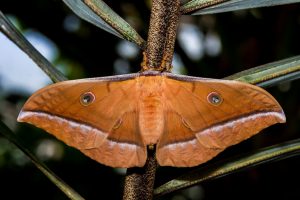
Moth Photo by Zdeněk Macháček on Unsplash

Butterfly Photo by Roberto Lisi on Unsplash
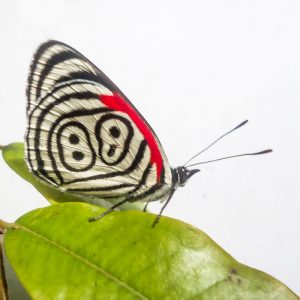
Butterfly Photo by Marcio Cinci on Unsplash
Even though butterflies and moths can look alike, they do have some differences that you can look for:
Photo of a chrysalis:
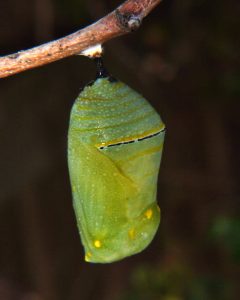
https://www.flickr.com/photos/sidm/5612179133
Photo of a silk cocoon:
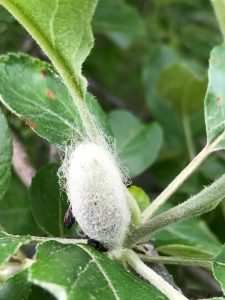
https://www.pexels.com/photo/cocoon-1769697/
Information from this website: https://sciencebob.com/what-is-the-difference-between-a-moth-and-a-butterfly/
Polyphemus moths lay flat, light-brown eggs on a variety of leaves in trees such as birch, willow, oak, maple, and beech.

https://en.m.wikipedia.org/wiki/Antheraea_polyphemus#/media/File%3AAntheraea_polyphemus_eggs_sjh.JPG
Tiny yellow caterpillars will hatch about 10 tens after the eggs are laid. They will feed for 5-6 weeks on the host plant and can grow three to four inches in length and 3/4 inch in diameter.
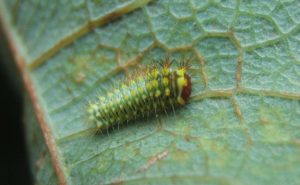
https://en.m.wikipedia.org/wiki/Antheraea_polyphemus#/media/File:Antheraea_polyphemus_1st_instar_sjh.JPG
These caterpillars molt five times, the fifth stage being the pupa, before they turn into an adult. In the firth stage or instar, caterpillars eat a tremendous amount.
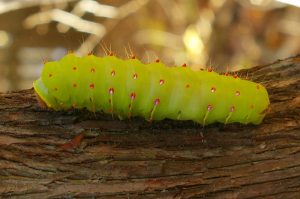
https://en.wikipedia.org/wiki/Antheraea_polyphemus#/media/File:AntheraeaPolyphemusCaterpillar.jpg
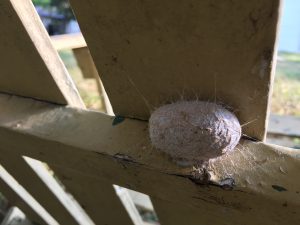
Photo by Jessica Milne in Ontario
Cocoons are made out of brown silk, hence why they are called silk moths. Once the adult moth hatches from their cocoon, they have to pump up their wings up with fluid.
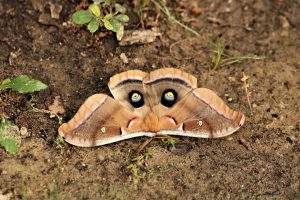
https://www.publicdomainpictures.net/ro/view-image.php?image=294154&picture=polyphemus-moth-pe-teren
If the moth is a female, she will emit pheromones which the male moth can find with his large comb like antennae. A male moth can fly for kilometers to find a female.
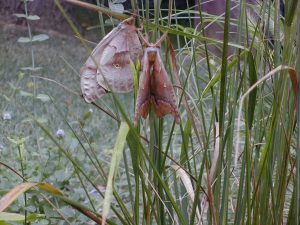
https://www.publicdomainpictures.net/ro/view-image.php?image=294154&picture=polyphemus-moth-pe-teren
Once the moths have mated, the female will spend most of her time laying eggs where as the male may go off and mate again. Polyphemus moths have vestigial mouths, which mean their mouths have become smaller and they do not eat. Adult polyphemus moths live less than one week before their live cycle ends.
Website information:
https://en.wikipedia.org/wiki/Antheraea_polyphemus
http://butterflies.aa6g.org/Butterflies/Raised/polyphemus.html
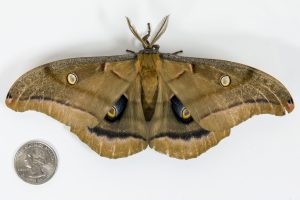
https://commons.wikimedia.org/wiki/File:Polyphemus_Moth_Top_View.jpg
Polyphemus moths adults are giant silk moths that have a wingspan of 10 – 15 cm wide. As you can see from the photograph, the wings are a variety of earth tones including shades of gray, light brown, reddish brown and yellowish brown. The upper wings have smaller transparent eyespots, where as the large hind wings have large eyespots outlined with yellow, white and black rings. It is noted that there can be considerable variation in different specimens, even from the same area. The underside of the wings can range from pinkish-white to various shades of brown.
The colouring and markings on the polyphemus moth are defense mechanisms which protect it from predators. The deceptive and blended colouration with startle patterns help the moth to be camouflaged. The large eyespots, on the polyphemus moth’s hindwings, are a distraction display, which confuses or distracts predators by resembling the head of a great horned owl.
Polyphemus moths live here in Victoria, BC! They also can be found in other parts of southern Canada all the way down into Mexico. The only lower states they are not found in are Arizona and Nevada.
Website information from:
Featured Creatures http://entnemdept.ufl.edu/creatures/MISC/MOTHS/polyphemus_moth.htm#dist
Wikipedia https://en.m.wikipedia.org/wiki/Antheraea_polyphemus
You can tell if a polyphemus moth is male or female by carefully looking at the comb-like antennae to see if the antennae are large which is male, or small which is female.
Out moth’s antennae are quite small so I determined that it was a female. See photo below.
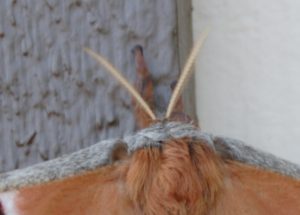
Photo by Jessica Milne
Here is an example of a male polyphemus moth:

https://commons.wikimedia.org/wiki/File:Polyphemus_Moth_(Antheraea_polyphemus),_Male_-_Guelph,_Ontario_01.jpg
Website information from: Featured Creatures
http://entnemdept.ufl.edu/creatures/MISC/MOTHS/polyphemus_moth.htm#dist
© 2024 Jessica Milne
Theme by Anders Noren — Up ↑
Recent Comments